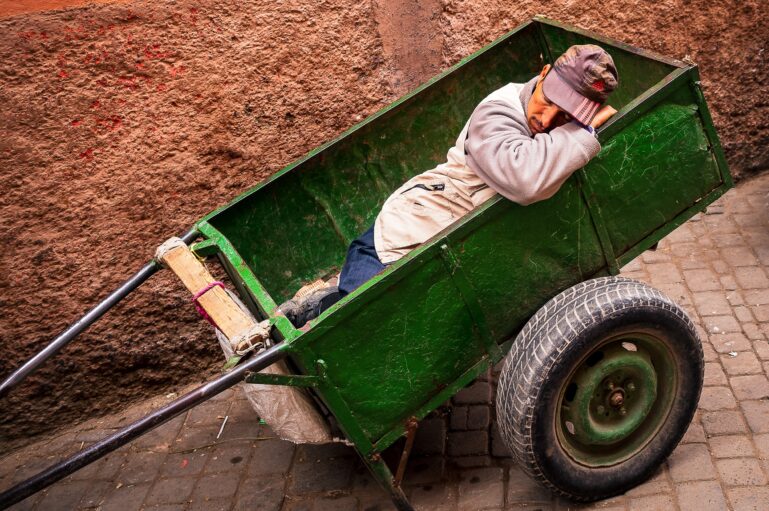I have always been fascinated by the squirrels that live and forage in our neighbourhood, playfully scurrying backwards and forwards to collect sufficient food for the winter, having petty squabbles over titbits and seemingly having more serious disagreements over mates. I was walking in the garden one evening enjoying their company and discovered about 25 young Macadamia trees growing in various positions on the property. I hadn’t noticed them before since they were all still tiny, but as they approached 30 centimetres in height, their “misplaced” positioning in the garden drew my attention – who had planted them in these positions? It took a while for me to put the puzzle pieces together, but then I recalled my neighbour taking about three weekends to gradually saw down his Macadamia tree, bit by bit. The squirrels, realising that this rich source of food would soon be no more, had “rescued” any remaining nuts and planted them all over my garden to ensure a potential harvest in the future. It would seem that the quest for sustainability of the species was driving their behaviour – remarkable as the Macadamia will only start producing fruit seven years after planting and the maximum life-span of a grey squirrel is only six years (and less in urban areas). The squirrels would never see this harvest of nuts in their lifetime, but seemed to be providing for future generations yet to come.
“Corporate sustainability” is the now more broadly used term evolved from the traditional phrases describing ethical business practice, like corporate social responsibility or corporate citizenship. The Brundtland Commission’s Report – Our Common Future – described sustainable development as “development that meets the needs of the present without compromising the ability of future generations to meet their own needs”. The desire to grow without damaging prospects for the future should be becoming more focused and central to business philosophies. From an academic perspective, Elkington (1999) created the concept of the “triple bottom line” which suggested that business aims were inseparable from the societies and environments within which they operate. Whilst short-term economic gain could be achieved, a failure to account for social and environmental impacts would make those business practices unsustainable.
All businesses need to be taking responsibility for sustainability. It would seem, however, that a number of factors need to be taken into account when developing a strategy for corporate sustainability:
- Holistic consideration – not only creating a “green” strategy focused on the natural environment, but taking into account the impact of the company’s operation on the social, economic and cultural environments in which it exists
- Stakeholder engagement – this not only involves the education of staff regarding waste reduction, energy efficiency, etc., but also requires dialogue with customers, suppliers, community bodies, municipal authorities and non-governmental organisations to form partnerships to impact the respective environments positively
- Purposeful transparency – engaging the employees on all levels to promote employee involvement to achieve innovation and creative processes that will improve performance and increase profit. Internally, this could involve the reduction of waste, better efficiencies and more cost effective and cleaner processes, but could also externally translate into staff participation with community involvement and education.
- Costs/savings consideration – it is true that initial costs to “go green” can be enormous, but Dr Bob Willard, a business thought leader in this area, suggests that a sustainability approach can increase revenue, reduce energy expenses, reduce materials and water expenses, increase employee productivity, reduce hiring and attrition expenses and reduce strategic and operational risks.
Wal-Mart Stores, for example, have redirected more than 64% of the waste generated by stores – in 2009 alone, they recycled more than 590 000 kilogrammes of aluminium, 54 500 000 kilogrammes of plastics, 5 261 000 kilogrammes of assorted paper and 2 086 000 000 kilogrammes of cardboard. In doing this, they saved about US$ 20 million and prevented 17 236 000 kilogrammes of waste being sent to landfills.
We should learn from the squirrel’s quest for survival of the species. All companies have a corporate responsibility to develop a sustainable future. Business leaders and employees must adapt to a rapidly changing environment by being prepared to change and implement creative suggestions for a more sustainable future. Not only will this positively impact on future generations, but will also build integrity and value into the company’s brand.










